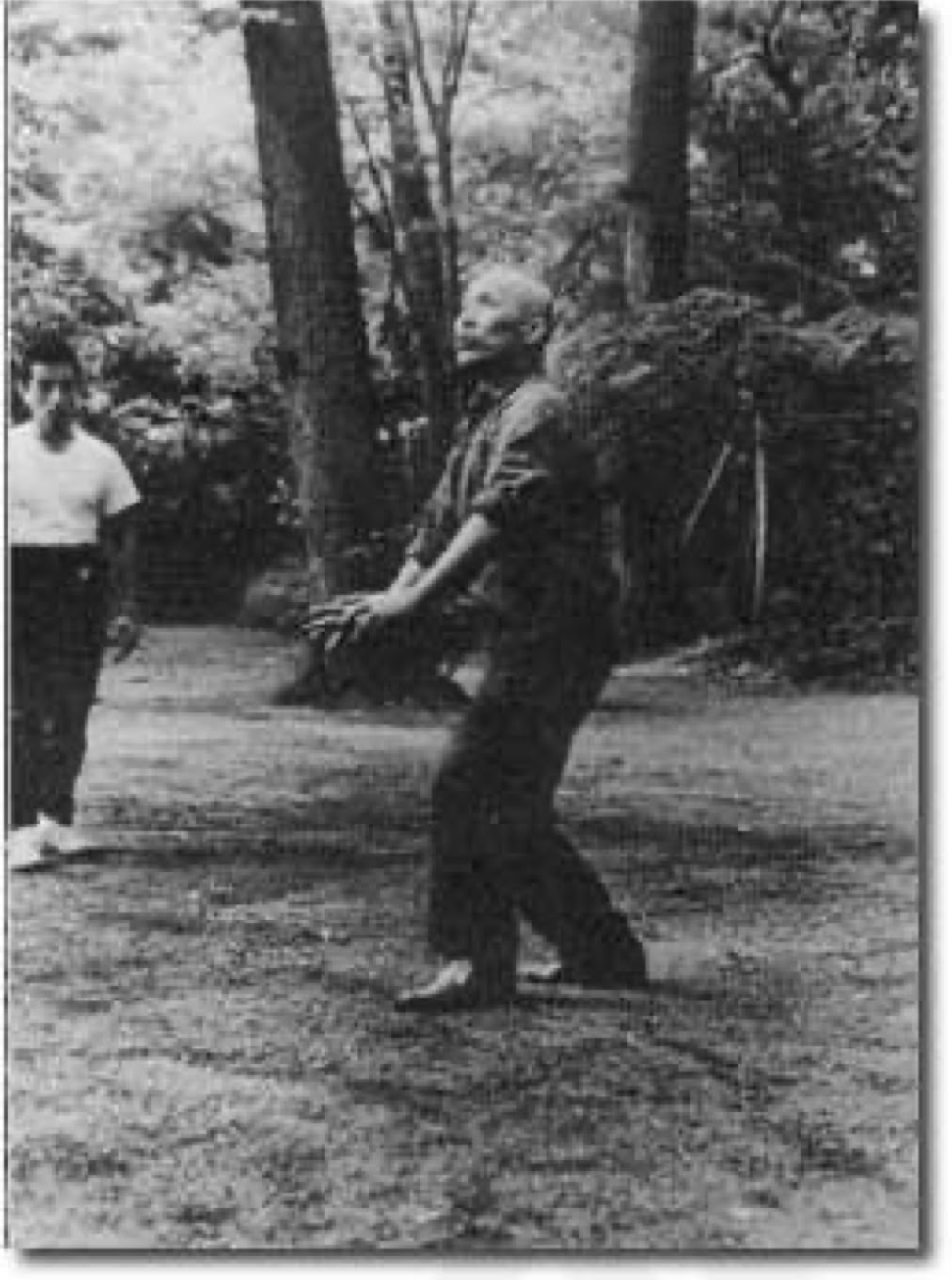
Internal Martial Arts
the
TAIKIKEN
pages
The way of leadership is not for doing but for not doing. What does non doing means?
It means that the intelligent do not act on rank, the benevolent do not give on base of rank,
and the brave are not violent based on rank.
These can be called non doing.
2026

"Discover the Origins of Taikiken: Exploring the Influence of Hsing-i-ch’üan in Chinese Martial Arts History"
The tradition that the Chinese martial arts began with the practices of the Indian Buddhist priest and mystic Bodhidharma, who came to the Chinese temple Shaolin-szu in the sixth century and who is considered the founder of Zen, is without substantiation. Nonetheless, since many martial arts are still called by the name Shao-lin-szu, it is likely that martial training at that temple is of great antiquity.
Hand-to-hand combat (ch’üan-fa in Chinese and kempo in Japanese) is one of the most important of the many Chinese martial arts.
The minor varieties of kempo are virtually numberless, but some of the most famous of the schools into which it has gradually been divided are Shao-lin-ch’üan, T'ai-chi-ch’üan, Hsing-I-ch’üan, and Pa-kua-ch’üan. Taikiken, the subject of this book, has developed from Hsing-i-ch’üan.
Chinese hand-to-hand combat schools may be divided into two major categories: the inner group and the outer group. Hsing-i-ch'üan, T'ai-chi-ch'üan, and Pa-kua-ch'üan belong to the inner group, whereas Shao-lin-ch'üan belongs to the outer group,. Though there are problems inherent in the very act of making such a division, an understanding of the difference between the inner and outer groups is of the greatest importance to an understanding of Chinese hand-to-hand combat in particular and of all the martial arts in general. In the schools of the outer group, practice is devoted to training the muscles of the body and to mastering technical skills. On the surface, this method seems to produce greater strength. Since the techniques themselves can be understood on the basis of no more than visual observation, they are comparatively easy to learn. The schools of the inner group, however, emphasize spiritual development and training. They develop progress from spiritual cultivation to physical activity. In general, the inner schools give a softer impression than the outer schools; but training in them requires a long time, and mastery of them is difficult to attain.
It is generally said that Hsing-i-ch’üan was originated by a man named Yueh Fei, but there is nothing to prove this attribution. Later a man named Li Lo-neng of Hupei Province became very famous in Hsing-i-ch'üan combat. His disciple Kuo Yun-shen became still more famous for his overwhelming power. It is said that of all the men who participated in combat bouts with him only two escaped deaths. These two were his own disciple Ch'e I-ch'i and Tung Hai-chuan of the Pa-kua-ch'üan School. Kuo Yun-shen himself killed so many martial-arts specialists from various countries that he was imprisoned for three years. While in prison he perfected the mystical technique that is known as the Demon Hand.
With the appearance of Kuo Yun-shen, the fame of hsing-i-ch’üan spread throughout China. Other outstanding specialists in this tradition include Kuo Shen, Li Tien-ying, and Wang Hsiang-ch'i. Wang was the founder of Ta-ch'eng-ch’üan in this capacity he is known as Wang Yü-seng and was my own teacher. Sun Lu-t'ang, a disciple of Li Tien-ying, saw the elements shared in common by Hsing-i-ch’üan, Pa-kua-ch’üan, and T'ai-chi-ch’üan and developed a school consolidating all of them. Lu Chi-lan, who was a student at the same time as Kuo Yun- shen, accepted the teachings of Hsing-i-ch'üan in their pure form, passed them on to his disciples Li Ts'un-i, who in turn passed them on to his disciple Hsiang Yunhsing. In this way, a conservative school was established.








